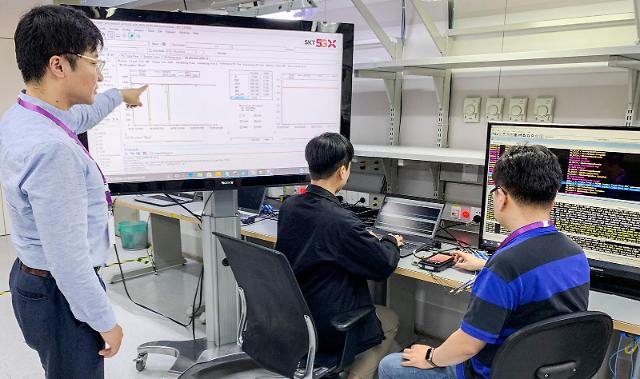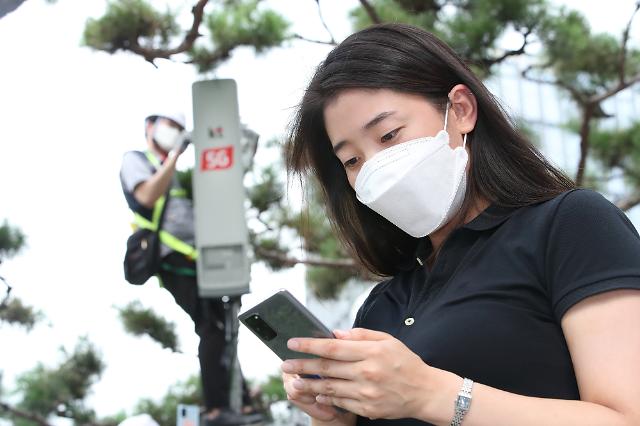
[Courtesy of SK Telecom]
South Korean firms commercialized 5G mobile networks based on non-standalone (NSA) standards using 4G infrastructure. Standalone (SA) eliminates latency, which occurs when a device switches from 4G to 5G, and the commercialization of 5G SA will improve data processing efficiency and allow efficient control for supporting massive data traffic.
"This success in 5G SA data communication is the cornerstone of opening the true 5G era and will serve as the basis for innovation and change in the entire industry," said Park Jin-hyo, head of SKT's network technology R&D center. The test, performed in an Ericsson lab, used a test device powered by Qualcomm’s Snapdragon X55 5G Modem-RF System.
SK Telecom (SKT) has selected Ericsson, Nokia and Samsung Electronics as 5G equipment suppliers. In July, SKT and Samsung announced the successful completion of interoperability assessment between 5G SA Core and other commercial network systems over a 5G network. The assessment is the final stage for verifying the validity of 5G SA data transmission.
SKT has said the 5G SA Core not only supports technologies including network slicing and function modularization based on 3rd Generation Partnership Project (3GPP), a collaboration between groups of telecom standards associations but also offers additional functions such as billing, subscriber management and operational convenience system.
Network slicing separates networks and ensures the quality of traffic according to the situation of customers. Function modularization can quickly provide new services by combining functions like building blocks.
Copyright ⓒ Aju Press All rights reserved.




View more comments